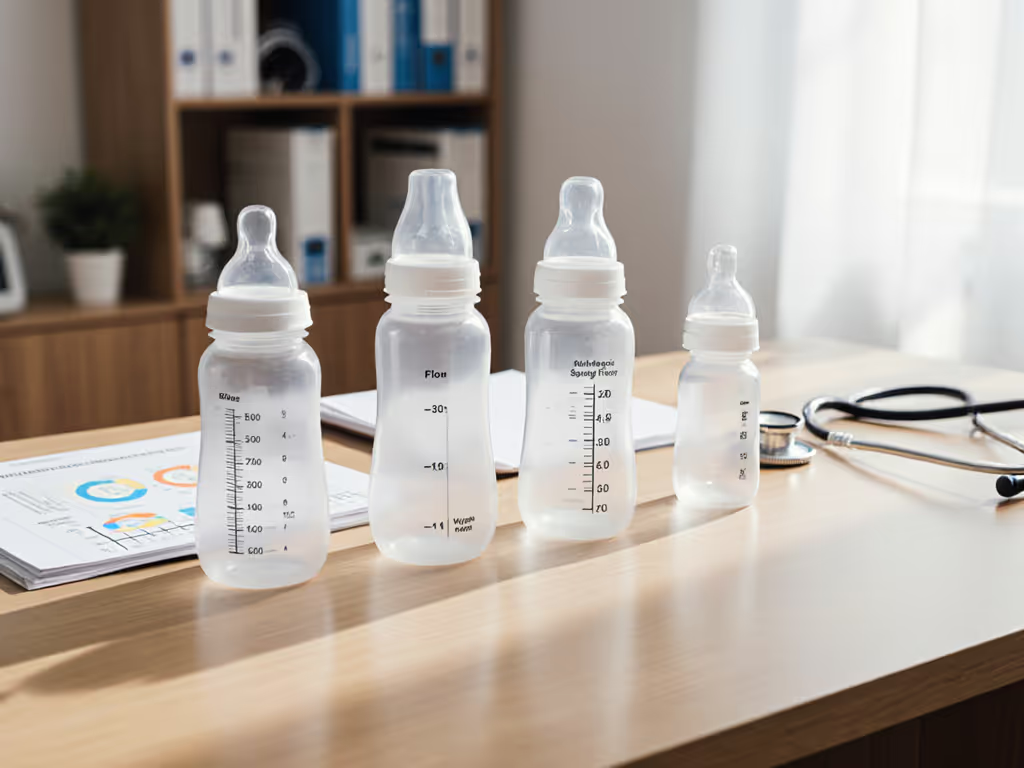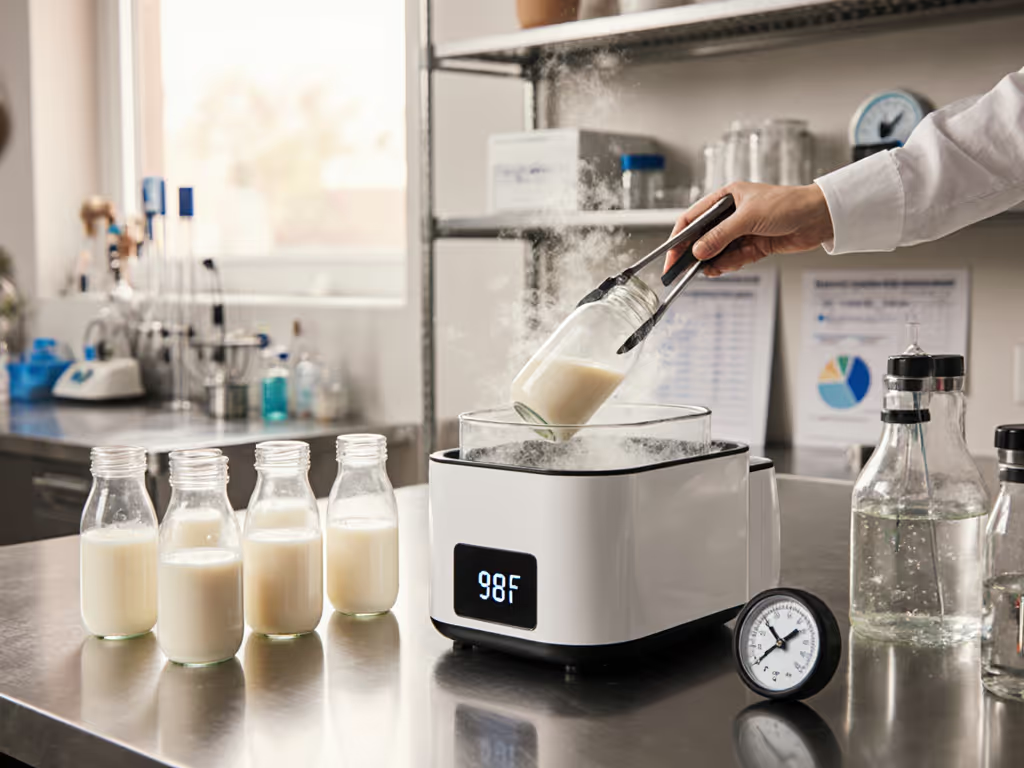
Best Sustainable Baby Bottles: Comfort-First Guide
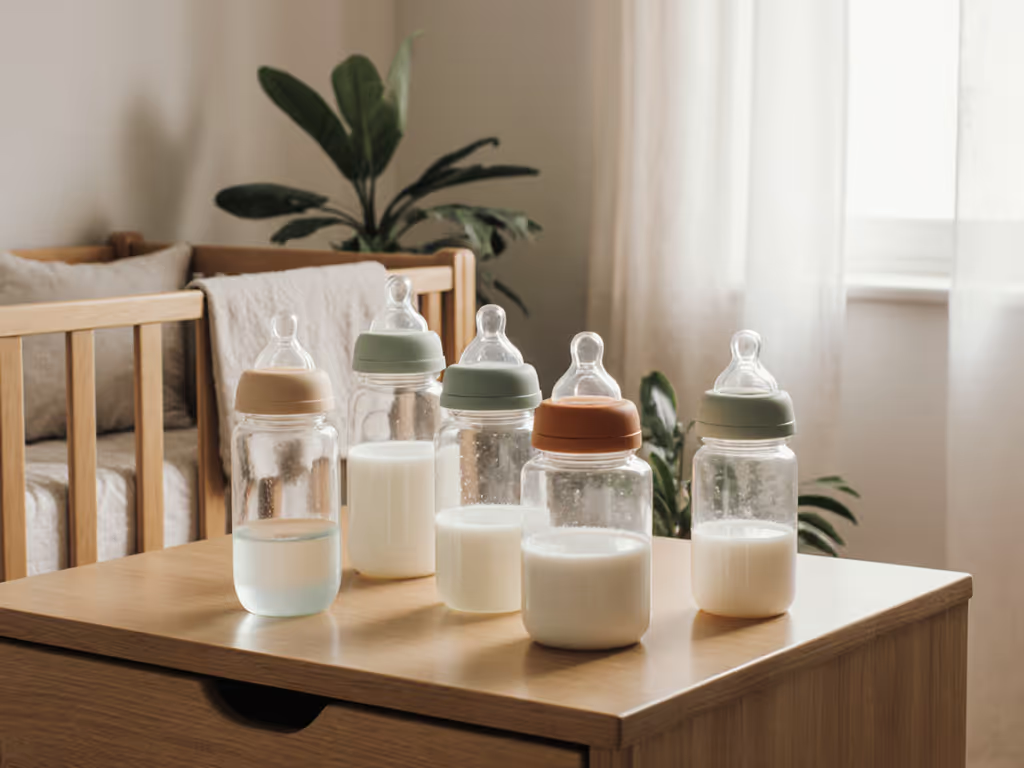
When searching for the best baby bottles that align with sustainable baby feeding, parents often feel overwhelmed by material claims and eco-labels. But what if the true measure of sustainability isn't just in the bottle's composition, but in how peacefully it supports your baby's feeding journey? Comfort cues predict acceptance better than labels or marketing tiers, meaning a truly sustainable choice reduces wasted bottles, minimizes feeding stress, and honors both planetary and infant well-being. Let's reframe sustainability through the lens of baby-led comfort.
Why Comfort Comes Before "Eco" in Sustainable Baby Feeding
Q: How can a bottle be "sustainable" if my baby refuses it?
True sustainability in infant feeding extends beyond recyclable packaging or plant-based materials. It's measured in reduced trial-and-error purchases, fewer sleepless nights troubleshooting flow, and calmer feeds that build trust. Every bottle rejected due to nipple geometry mismatches or awkward latch angles creates: physical waste (discarded products), emotional strain (parental anxiety), and time waste (reordered replacements). When I observed two infants in a daycare setting accepting identical bottles differently (one needing a wider latch angle, the other a faster flow), it cemented my core principle: Comfort first, then compatibility; calmer feeds shape better habits.
Sustainable choices honor this by prioritizing baby's observable cues over certification checklists alone. A bottle made from recycled materials becomes unsustainable if it causes gas from poor venting or needs frequent replacement due to refusal. Instead, match these comfort indicators to your material choices:
- Relaxed jaw and rhythmic suck-swallow pattern → Suggests flow rate aligns with baby's pace (critical for reducing air intake)
- Minimal flaring of nostrils or pulling away → Indicates comfortable latch depth and angle
- Settling after feeding without fussing → Signals appropriate venting and reduced reflux risk
Watch the baby, not the box. Their comfort cues reveal more about long-term sustainability than any label.
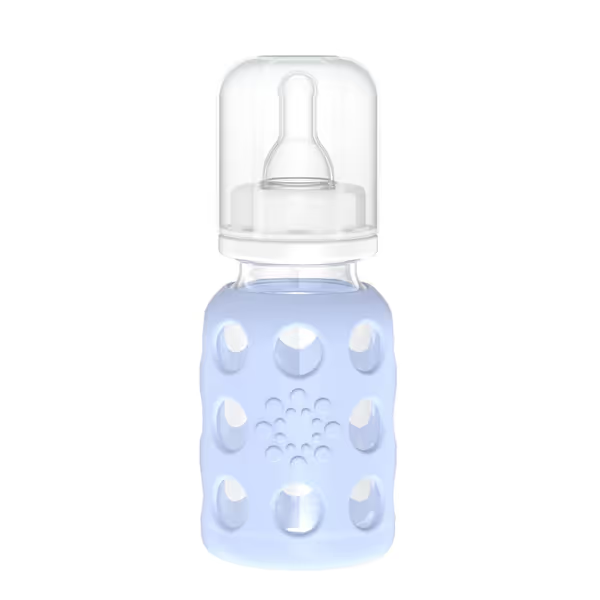
Lifefactory Glass Baby Bottle with Stage 1 Nipple
Beyond "Non-Toxic": Decoding Certifications for Real-World Safety
Q: With so many "green bottle certifications," how do I know which matter for daily use? For a deeper breakdown of what these labels cover and which ones matter most, see our baby bottle safety certifications guide.
Certifications like Oeko-Tex Standard 100 (testing for 100+ banned chemicals) or MADE SAFE® (screening for carcinogens and endocrine disruptors) provide valuable baseline safety assurances. But here's what parent diaries consistently reveal: a certified bottle still fails if it ignores ergonomic realities. For instance, a glass bottle with Oeko-Tex-certified silicone nipples may leak due to incompatible ring threading, or a stainless steel bottle with "food-grade" labeling might feel too heavy for a newborn's grasp during self-feeding attempts.
Focus on certifications that address functional safety, not just material purity:
- GREENGUARD Gold: Validates low VOC emissions (critical for bottles stored near cribs)
- OEKO-TEX® CLASS I: Specifically tests for baby-safe chemical limits (under 3 years)
- B Corp Certification: Ensures ethical lifecycle management (like Klean Kanteen's carbon-neutral production)
Yet in my work, I've seen parents overlook baby's comfort response while chasing certifications. A bottle passing all lab tests might still cause nipple collapse if the flow rate mismatches baby's oral strength, even with "slow-flow" labeling. Single-change experiments bring clarity:
- Swap only the nipple (keeping bottle brand/material constant) to test flow acceptance
- Adjust bottle angle by 15 degrees to observe latch comfort (e.g., wider for reflux, narrower for preemies)
- Use caregiver diaries to track coughing episodes or feeding duration pre/post-change
This approach prevents discarding entire bottle systems prematurely, a direct path to zero waste baby feeding.
Bridging Sustainability and Baby Comfort: Your Action Plan
Q: How do I balance eco-values with feeding success when daycare deadlines loom?
The pressure to find biodegradable bottle options before returning to work often leads to rushed purchases and cluttered cabinets. Instead, leverage baby-led pacing to identify sustainable matches efficiently. Start with gear you already own (e.g., pump parts) to test compatibility:
- For glass bottles: Prioritize thermal shock resistance (borosilicate glass) to avoid breakage during warming cycles. Observe: Does the silicone sleeve provide grip comfort without distorting measurement lines?
- For stainless steel bottles: Verify thread compatibility with your pump brand to prevent spills. Observe: Does the narrower shape require repositioning for baby's latch comfort?
- For silicone alternatives: Note deformation under pressure - medical-grade holds shape better during active feeds. Observe: Does nipple memory return instantly after compression?
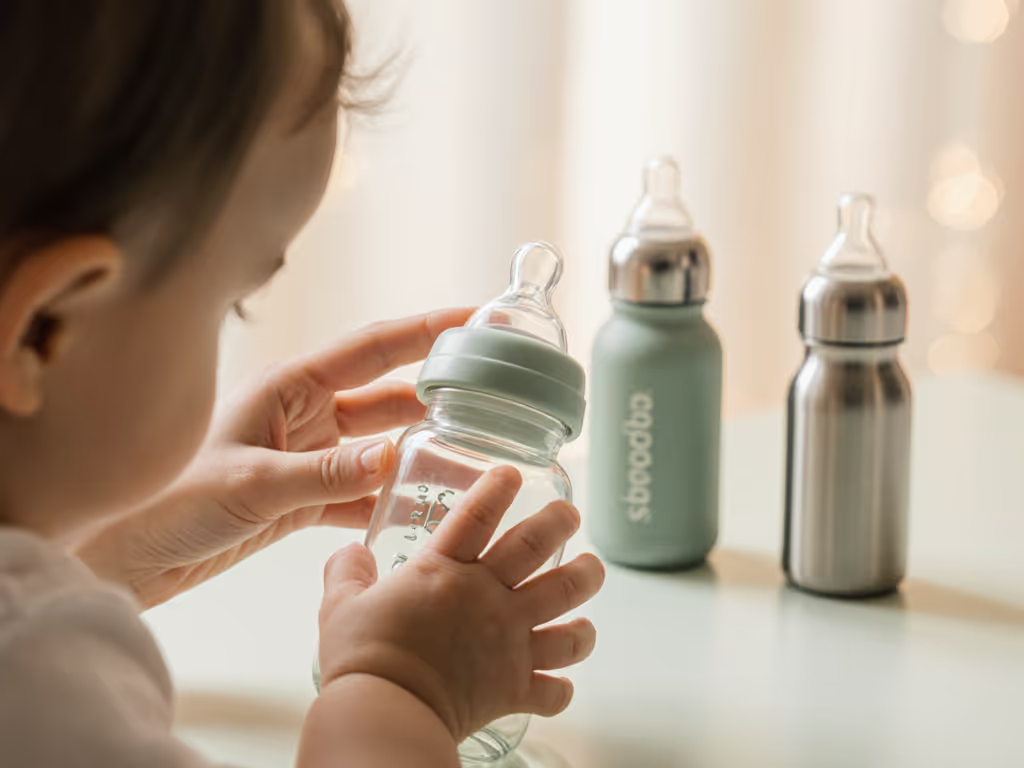
Crucially, recycled material bottles only succeed if they mimic the tactile feedback babies expect. Recent studies show infants prefer nipple firmness matching breast tissue (8-12mmHg resistance). When a bottle's recycled silicone feels unnaturally stiff, babies may reject it, not due to material ethics, but to mismatched comfort.
Your Actionable Next Step
Today's experiment: During your next feeding, place two identical bottles side-by-side: one filled with cooled boiled water, one empty. Offer both to your baby without preference. Note which they turn toward first, how they latch, and feeding duration. This reveals innate comfort preferences more reliably than any product description. Document cues using neutral terms: "baby's cheeks dimpled less with Bottle A" or "fewer pauses mid-suck with Bottle B."
This baby-led test costs nothing, generates zero waste, and aligns with our core truth: Sustainable feeding starts when comfort guides your choices, not packaging promises.
Remember: A bottle that supports calm, efficient feeds for your baby (regardless of material) is inherently more sustainable than a discarded "eco" option gathering dust. Watch the baby, not the box. Their quiet focus after feeding is the ultimate green certification.
Related Articles

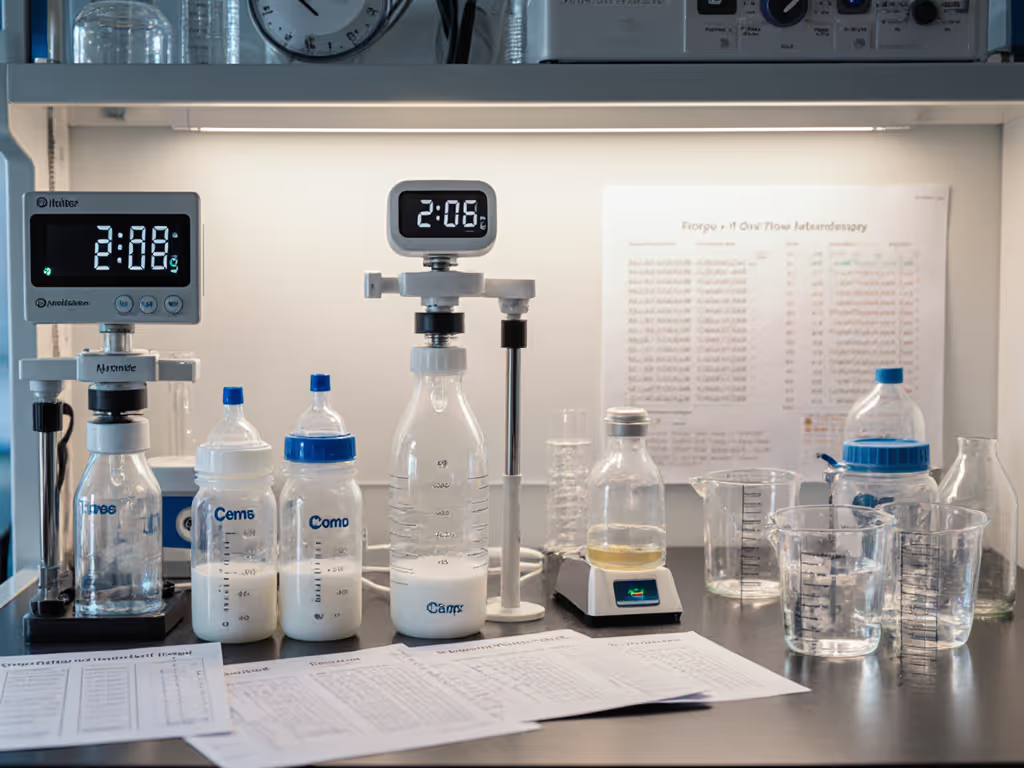
Global Bottle Flow Rates: Lab-Tested Reality Check
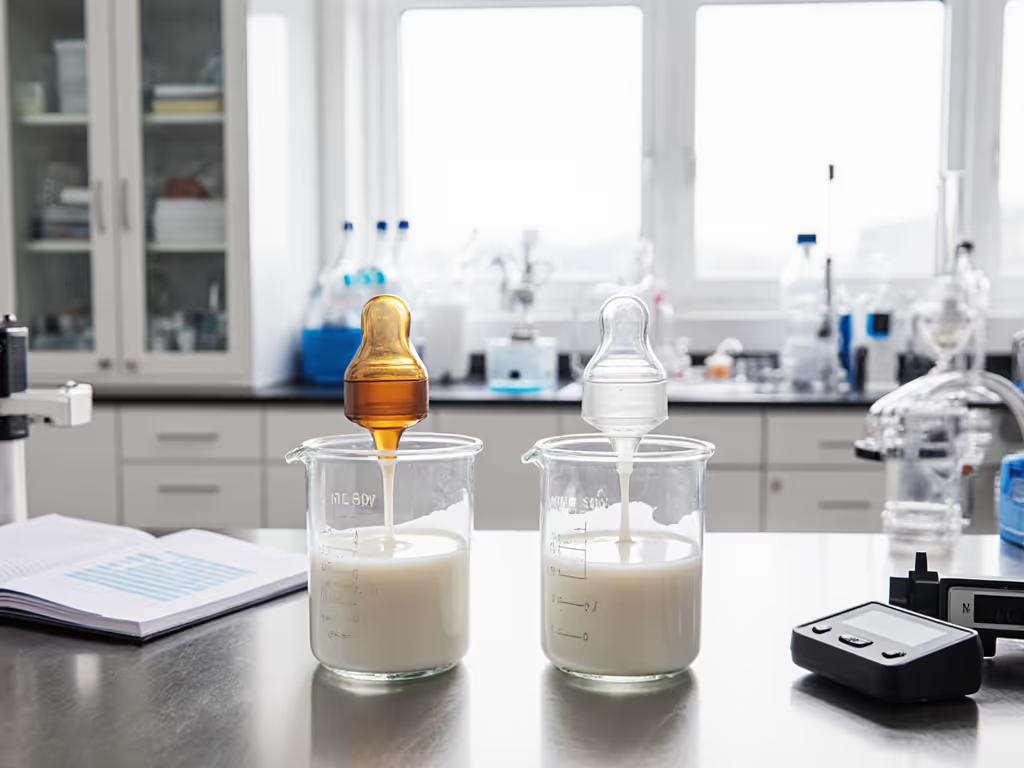
Silicone vs Latex Nipples: Lab-Tested Feeding Performance
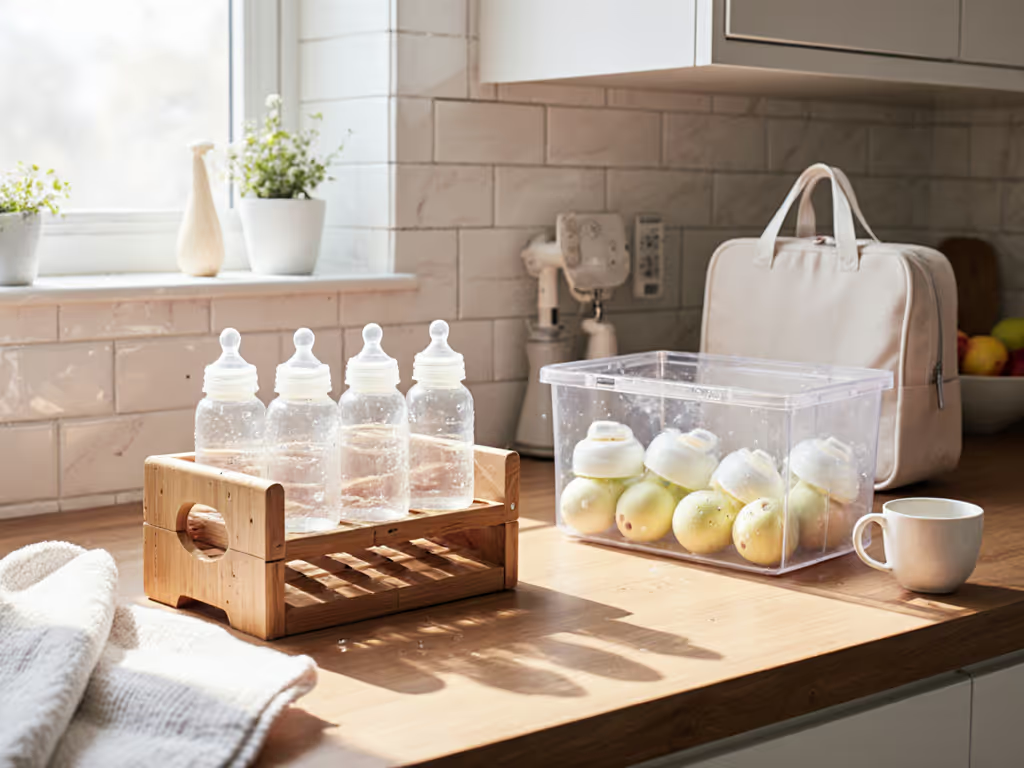
Top Bottle Storage Solutions: Hygiene & Portability Tested
